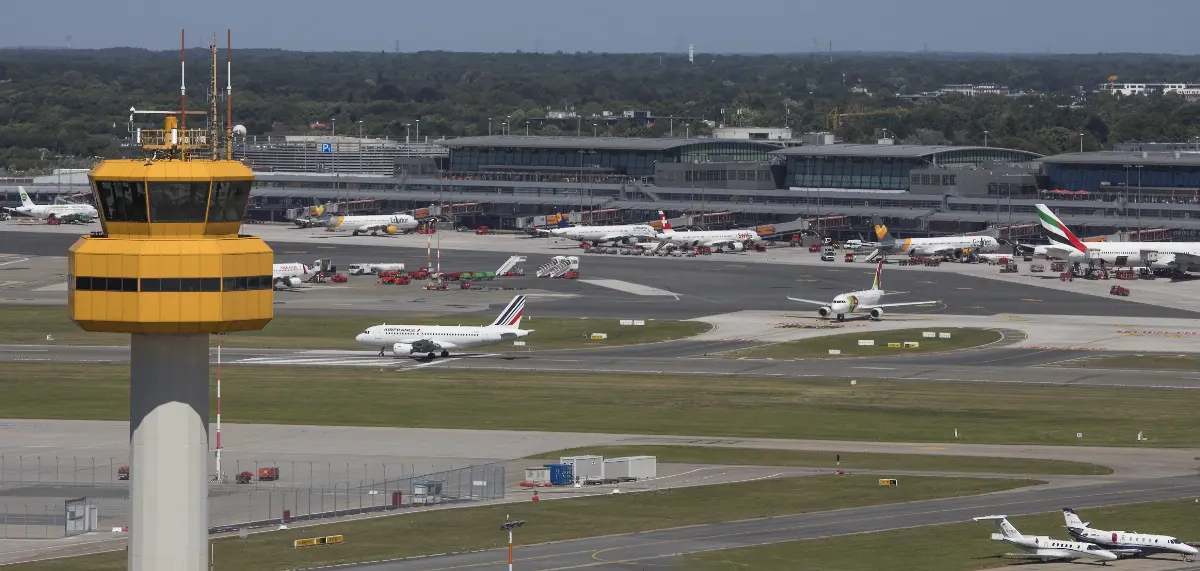
Do you want to access to this and other private contents?
Log in if you are a subscriber or click here to request service
DLR and Hamburg Airport present joint hydrogen roadmap
H2 potential for medium-sized airports

On the way to climate-friendly flight – today, the German Aerospace Center (DLR) and Hamburg Airport presented a roadmap that sets out the steps required to develop a hydrogen infrastructure at medium-sized airports. The roadmap uses Hamburg Airport as an example to outline the growing demand for H2, the development of storage capacities and delivery routes. At the same time, it also highlights the r...
red/f - 1255081
AVIONEWS - World Aeronautical Press Agency
AVIONEWS - World Aeronautical Press Agency